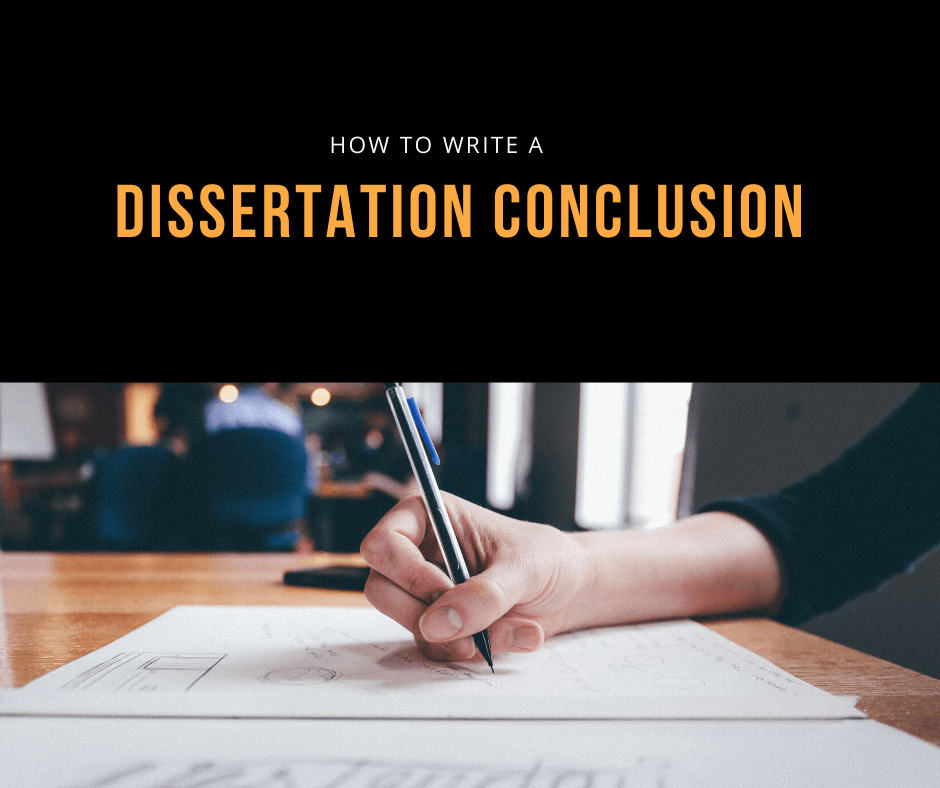
The dissertation conclusion is the final chapter of the thesis, wrapping up the research conducted and summarizing the key outcomes of a discussion section.
The dissertation conclusion serves as the concluding chapter of the thesis, providing a comprehensive summary of the research undertaken and highlighting the principal findings of the discussion part.
When considering how to compose a thesis conclusion, it is crucial to ensure that it is both easily comprehensible and succinct, while still maintaining an engaging and enjoyable tone. Your objective should be to effectively convey the point that your dissertation has presented. While it is likely that you have already addressed the introduction, literature review, methodology, and discussion in your dissertation, it is crucial to recognize the significance of the dissertation conclusion.
Prior to delving further into the primary methods of initiating a conclusion for a thesis, it is advisable to ascertain its appropriate length.
The recommended length of a dissertation conclusion is 5-7% of the total word count.
However, it is important to acknowledge that empirical scientific investigations tend to have more concise and succinct results in comparison to studies in the humanities. To gain insight into the structure and content of a dissertation conclusion, it would be beneficial to examine an example from a distinguished student or expert in the field.
Upon closer examination, one may observe that a dissertation conclusion and discussion share certain common elements. Certain universities advocate for the integration of the conclusion and discussion sections.
The primary distinction between the two is that a conclusion is more concise and adopts a broader viewpoint in contrast to the discussion. It is important to note that a conclusion should not include any more facts or arguments.
To facilitate the process of ending your thesis, it is advisable to adhere to these four sequential procedures. When reaching a conclusion, it is crucial to have a clear understanding of both the arguments in your mind and the thesis. Below is a comprehensive, sequential guidance on how to effectively end a thesis.
To initiate a thesis conclusion, the most effective approach is to reiterate the primary research inquiries and thesis statement. The conclusion provides an opportunity to demonstrate to the reader that the thesis has successfully accomplished its primary objective. It is crucial to produce a concise response to the research inquiries. Ensure to refrain from merely reiterating the discoveries, as it may result in redundancy. Instead, consolidate them and present them in a memorable way. Observe the illustrations of how to rephrase the thesis statement in the concluding section.
By evaluating the fast-changing representation of migration and Italy border policy in the past 15 years, this demonstrated that media discourse can help to shape the decision making in a country.
The individual perusing your dissertation conclusion has made significant progress since the initial chapter. Prior to completing the study, it is an excellent occasion to reiterate the initial motivation for undertaking the investigation. Please provide a more detailed explanation of how the outcomes from the study aligned precisely with your primary expectations. Please provide a coherent summary of the study, detailing the complete process that was undertaken throughout the investigation.
At this juncture, numerous pupils often encounter a substantial amount of redundancy, which might render the conclusion monotonous. Instead of only providing a summary of the chapters, it is advisable to use a reflective approach. To illustrate, how proficiently did the discoveries address the inquiries of the investigation? Here are some illustrations of ways to accomplish the task:
This study provides compelling evidence for the existence of Y, while also highlighting significant questions regarding X and Z.
While it is probable that you have already emphasized the recommendations throughout the writing of the talks, now is an additional chance to provide more detailed explanation. How is it done? Below are a few illustrations:
- Based on these findings, researchers should take into account...
- In order to fully understand the implications of the data presented in this study, further research could be conducted to determine...
- Further research is necessary to elucidate the correlation between ...
It is crucial to present information based on facts. Keep in mind that if you request further research, you may be asked about it during your thesis defence.
When concluding your thesis, it is important to ensure that your reader is not uncertain about the significant contribution you have made to the field of study. Here are several distinctive methods you can employ to accomplish this:
- Examine the primary issue addressed in the study and illustrate how the study resolves it.
- Utilizing the literature review, illustrate how the study effectively addressed the existing gaps.
Upon completion of the thesis, you are now nearing the conclusion. Therefore, now is the optimal time to complete the last stages since all the information is still vivid and easily accessible in one's memory. Ensure that you additionally examine another prominent instance of a conclusion in a thesis and compare it to your own. The objective is to enhance the appearance of your conclusion. These are the primary areas that require your attention:
Access to a wide variety of free tools, research templates, and guidelines can be obtained by visiting our website, which can be found here. We are always ready to provide you with comprehensive research guidance and project support in the event that you ever need assistance with writing your research project, review journal, article, or dissertation. At HAMNIC Solutions, our team of professionals and research experts is always ready to guide you through your research journey.